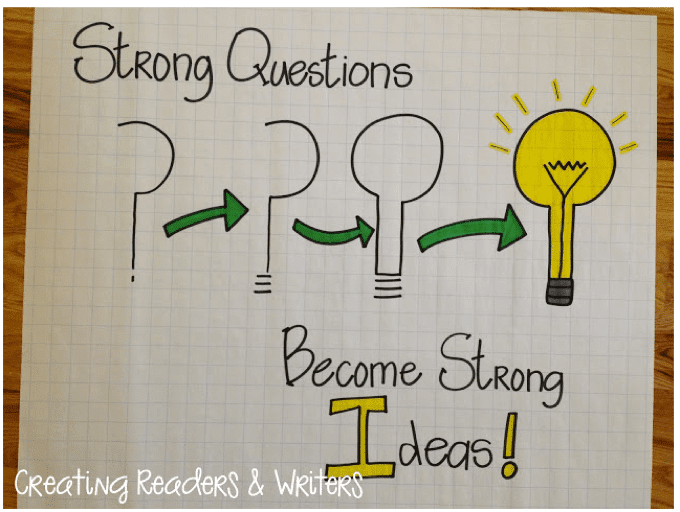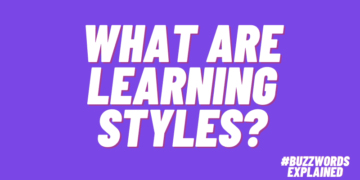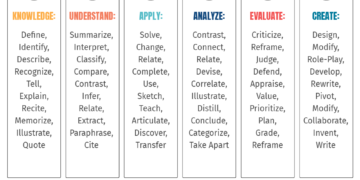When students in Becca Morris’s class start listening to R.J. Palacio’s Wonder, she looks forward to the discussion it will inspire, with questions that anchor the conversation like What does it mean to be a true friend? What’s the role of the bystander in bullying situations? and Can we tell what a person is like just by looking at them? It is conversations like these that facilitate teaching theme in language arts. And the answers can turn reading a book into a life-changing experience for young learners.
What is theme in literature?
In literature, theme refers to the overarching idea, message, or lesson uncovered by reading a story. Authors don’t explicitly state the theme in their writing. Instead they use other literary elements, such as plot, characters, setting, conflict, and literary devices, to explore a theme that gives their story a deeper meaning. Themes in literature are universal, so they not only relate to the characters and events in the story, but readers can also apply these ideas to their own lives.
For example, “Studying themes like trust, integrity, and honesty,” says Rachel Claff, editorial director for the Great Books Foundation, “builds thoughtful world citizens and friends, the kinds of thinkers you want to have in your classroom.”
Each time students read, they’re entering into a conversation with the author about what matters, says Jeffrey Wilhelm, distinguished professor at Boise State University and author of Fresh Takes on Teaching Literary Elements. At the core of that conversation, however, is comprehension. To fully explore theme, students must understand what they read and then extract ideas from the text. “You can’t think with ideas unless you understand them,” says Wilhelm.
Tips for teaching theme
Here are 14 tips to help your students understand theme as they read.
1. Meet your students where they are
Plan reading and discussion around questions that your students are already grappling with, from What does it mean to be a good friend? to What is heroism?
When you connect your literature themes to character development and what’s going on in students’ lives, your discussions will hopefully resonate deeply with them. One goal with teaching theme, explains Jodi Libretti of the Great Books Foundation, is to encourage students “not only to think about ways that they can live, but the type of person they want to become.”
2. Start with concrete details
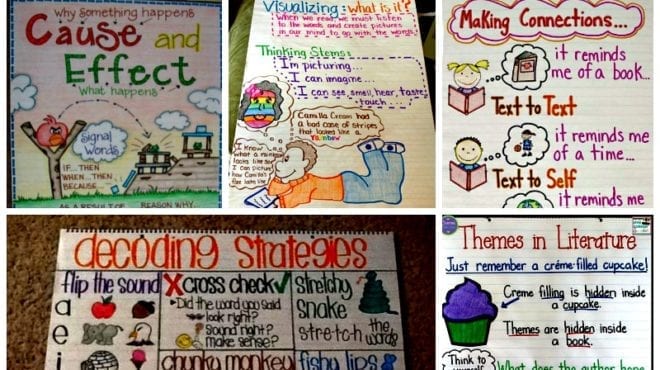
Before they can identify and work with the theme of a story, your students need to have a strong grasp of the details: setting, character, plot. When they work with theme, they have to synthesize all that information into an overarching message. Use reading comprehension anchor charts to outline the elements of the story or give students a graphic organizer to follow.
3. Clarify the difference between theme and main idea
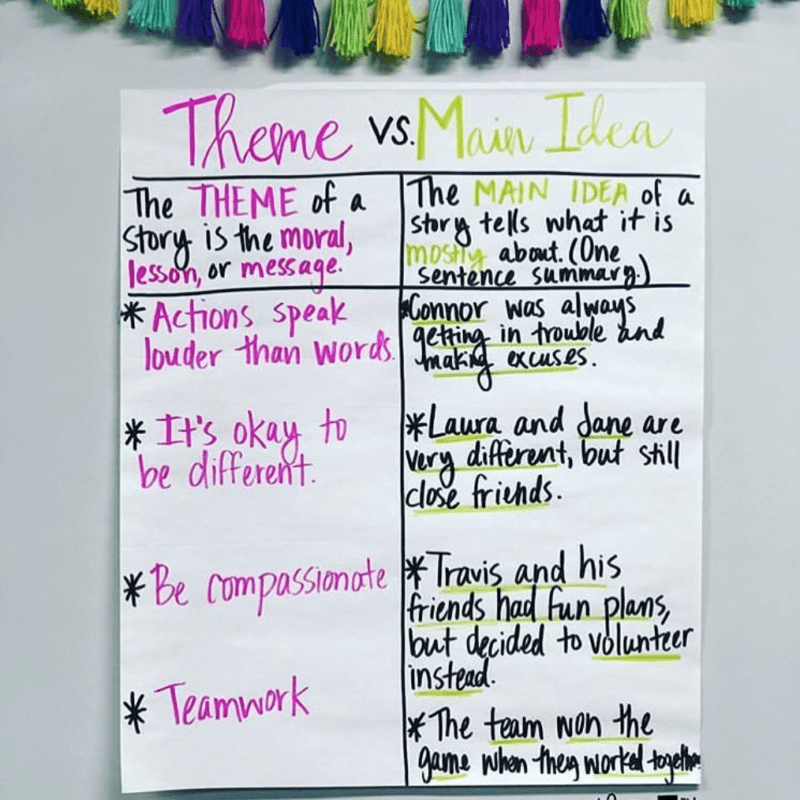
Source: Mrs. Smith in 5th
Many students have difficulty differentiating between the main idea and the theme. The theme is the underlying message that the author wants to convey, whereas the main idea is what the story is mostly about. Teach these concepts separately and together. You might practice identifying themes and main ideas using Disney films or the stories your students read last year in order to have a common reference point. After you review as a class, give students a list of themes and main ideas and challenge them to work in pairs to create matches.
4. Scaffold the learning

Theme is a difficult concept to grasp. Unlike the concreteness of setting or plot, theme is subtle and subjective. Move from simpler to more complex class assignments to help your students deepen their understanding. Humanities teachers Sara Kaviar and Megan O’Keefe, of the Wildwood School in Los Angeles, invite their students to work in groups to identify the theme of a fairy tale. Next, they create different endings to the tale and work together to identify how the new ending affects the theme. Finally, students write their own plots to match a given theme. Watch this video of how they approach teaching theme. Plus check out these tips for teachers about how to scaffold learning.
5. Use essential questions
Source: Creating Readers & Writers
Essential questions are open-ended, thought-provoking, and important in helping students develop their understanding of the theme. Questions like Why do people behave honestly? and What makes a good friend? are ones that you can return to throughout the year to analyze how students answer. See how their answers change as you read different authors’ takes on the subject.
6. Ask story-specific questions too
Specific, targeted questions help focus students on the text. “Asking ‘what is the theme?’ sometimes strands students because it’s too general,” says Claff. On the other hand, asking questions that are more explicit, like “Where does friendship play an important part in this story?” can be too leading. Instead, ask questions that draw from the text and require evidence to support theme. For example, if you’re reading Tuck Everlasting, you might ask, “Should Winnie drink the immortality water?”
7. Approach theme from different directions
Be ready to phrase questions about theme a few different ways because you never know which question(s) will resonate with students. Some questions that will encourage thinking about theme are: What did the author want us to think about? What idea stays with you? and What will you remember about the story a year from now?
8. Accept a range of answers
Of course, for many texts, there are often multiple themes and more than one way to express them. Be flexible when accepting students’ answers to theme-based questions. Students will often be grappling with concepts they can’t fully own. For example, if a student says the theme of Tuck Everlasting is living forever is a bad idea, you can work with the class to find different ways to express this thought. You might say, “OK, what are some other ways we can say that?” Guide students toward the theme rather than requiring one right answer, which can turn the discussion into a game of guessing the teacher’s thoughts.
9. Allow students to disagree with the theme
Let students know that they don’t have to agree with the theme just because they read it! Showcase two opposing themes and have students discuss which one they agree with more. For example, you could have a paragraph with the theme of You can always trust your friends and another paragraph with the theme of If you want something done right, you have to do it yourself.
10. Get away from the obvious
It’s easy to tease out the theme from some stories (think: Aesop’s The Ant and the Grasshopper). Challenge students with stories that don’t follow a typical pattern. For example, in the Great Books unit on honesty, students read about characters who begin each story by being dishonest. By starting with a character who’s lying, students explore deeper issues of honesty from the start. The careful use of stories, says Claff, opens up issues for students in an interesting real-world way.
11. Connect your discussions to other subject areas
Do you see examples in social studies or current events that connect to your theme? Start a collection or bulletin board around your current literature theme. Students can add examples from pop culture, history, or other reading. Help students connect the theme to their own lives by assigning take-home activities that build personal experiences around each theme. When students study kindness in Great Books’ unit, they perform a random act of kindness. And when third graders study gratitude, they give an anonymous gift so they can experience what it’s like to not receive a thank-you.
12. Provide a range of reading options.
To engage students at varying reading levels, provide a selection of books on one theme. When teacher and author Laura Robb teaches about obstacles, she fills her classroom library with biographies like these so students can read about how different historical figures overcame challenges in their lives. Even when each student is reading something different, they are still engaging with the theme in conferences and writing. One way to introduce choice is to have a read-aloud anchor text for all students, with a variety of stories to choose from for independent reading. In conferences, ask students to relate and connect their independent reading to the read-aloud.
Teaching theme gets at the heart of what we want for students: authentic, meaningful, and memorable experiences with text. Professor Jeff Wilhelm may have put it best: “If you can read for theme, you can participate in a democracy.”
13. Use mini lessons to drive home the point.
These seven quick mini-lessons help with teaching theme and how authors and artists extract a big idea.
Assess inspirational quotes
Read inspirational words to define a theme and brainstorm stories, movies, or real-life events in which you see this theme played out. Here are some of our favorite inspirational quotes for students.
View compelling art
Make art a springboard to discuss themes and how they’re interpreted. For example, Edvard Munch’s The Scream can inspire a discussion about the theme of fear and uncertainty.
Listen to songs
Songs can lend themselves to a discussion of how artists communicate larger messages through lyrics. For instance, Lee Ann Womack’s “I Hope You Dance” lends itself to a discussion of independence. Here’s a list of school-appropriate songs to inspire your students.
Pull out the oldies but goodies
Fairy tales are quick hits in teaching theme—like pulling the theme of envy from Snow White. Or try one of these fairy-tale books for kids.
Review popular movies
Brainstorm theme ideas from popular movies. For example, The Lion King and responsibility or Willy Wonka and the Chocolate Factory and greed.
Watch a Pixar short
Pixar shorts are easily found on YouTube. You can watch them as a class and then hone in on a theme discussion. Consider Piper, Partly Cloudy, and Lava.
Judge some books by their cover
Post the covers of books you have read and ask students to discuss whether or not the theme is evident on the cover.
14. Continue to assess theme throughout the year
As the year progresses, you’ll want to know if teaching theme paid off and if students are able to identify theme independently. Here are eight suggestions for finding out if your students are getting it.
Use annotation
Have students annotate a text with details, quotes, and other “golden lines” that highlight the theme. Save and print our free teacher and student infographic posters on annotation.
Monitor reader responses
Writing responses to the essential questions from the start to finish of a unit will help you see how students develop their ideas.
Map character growth
Oftentimes theme comes from the way characters—usually the main character—changes and grows throughout the story. Have students create a growth chart, focused on one character, that marks transitions in their development.
Compare the theme with those of other stories
Connecting the theme from one story to another shows that students grasp the theme in a broad sense.
Cite evidence
Ask your students to give concrete examples from the book that demonstrate the theme. This can include quotes, summaries, or title headings, to name just a few.
Reflect
Have students make a connection through writing and discussion on what the theme means to them personally and how their understanding of the theme has changed based on their reading.
Search for additional themes
Many stories have more than just one theme—sometimes, you just have to dig a little. Using a story that students are familiar with, have them identify and support a theme that’s different than the one you’ve already studied. For example, in the story Oliver Button Is a Sissy, students may come up with themes of bullying, gender roles, and determination.
Listen for theme
In reading conferences with students, train yourself to listen for specific details and examples about theme. The more students are understanding, the better they’ll be at answering questions like What does the author want you to remember?
Plus, check out our favorite anchor charts for teaching reading comprehension.



